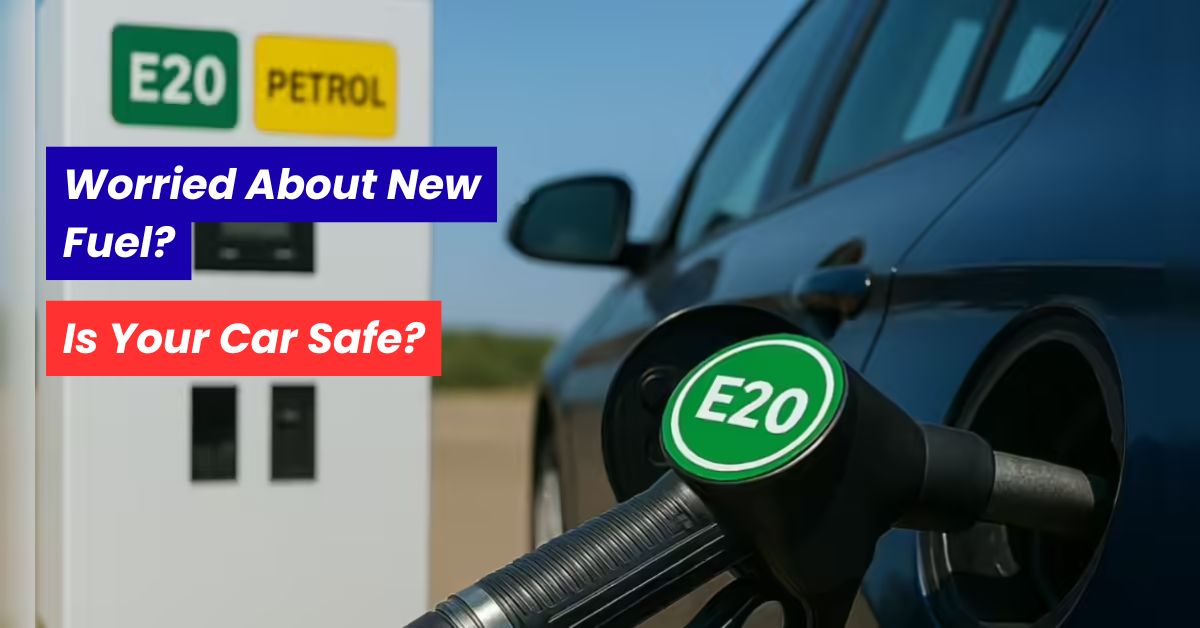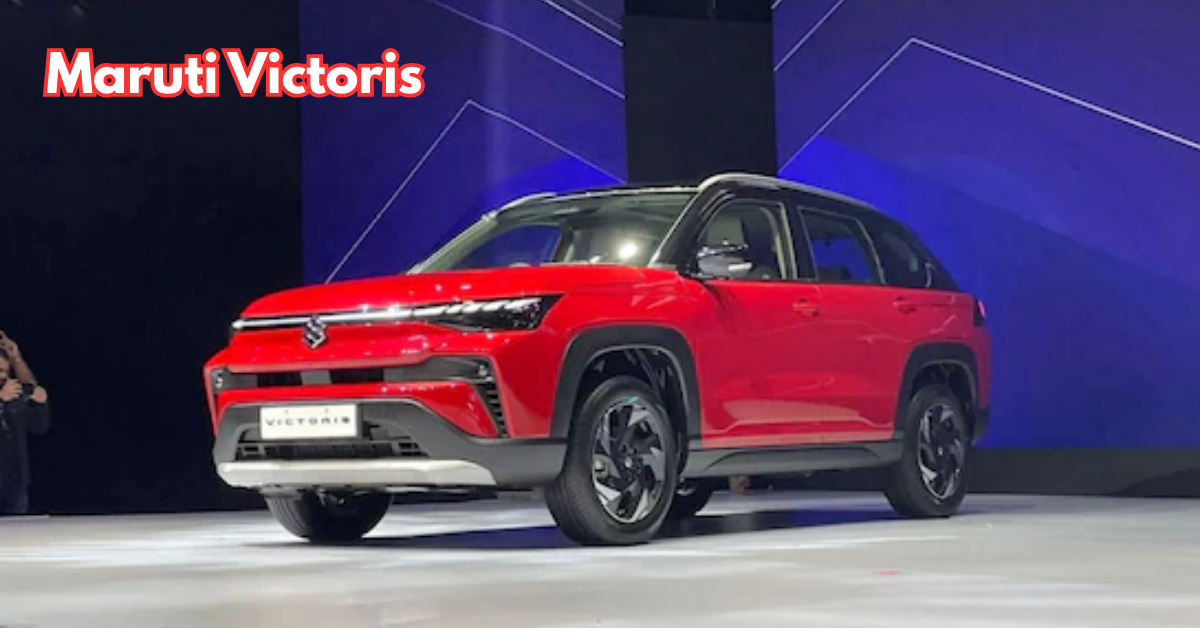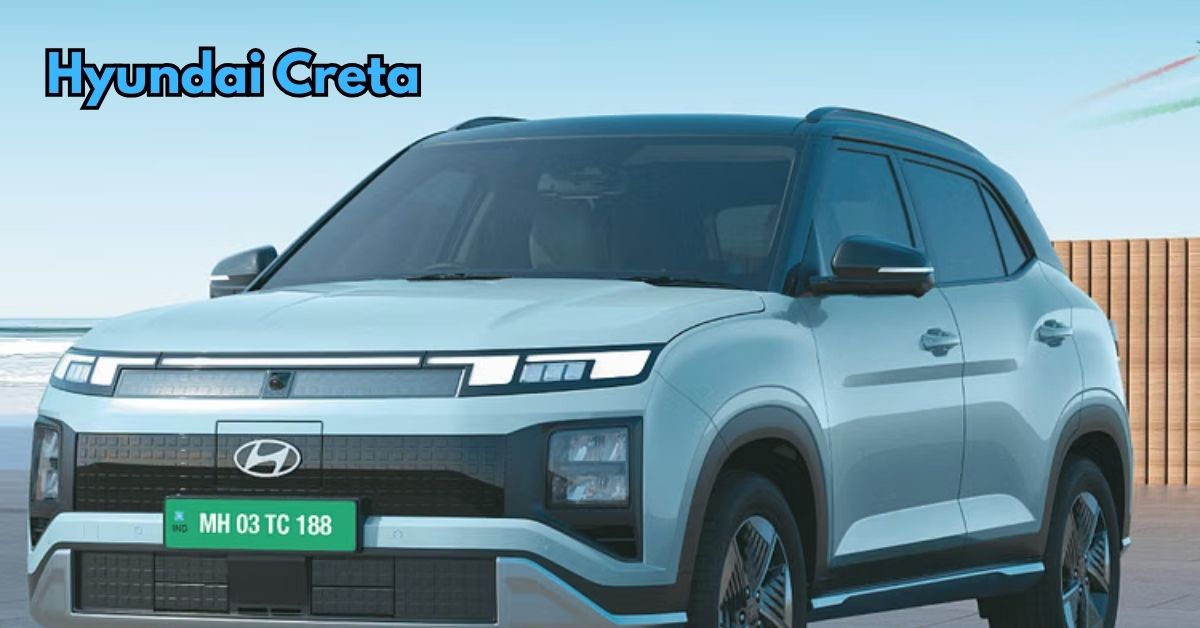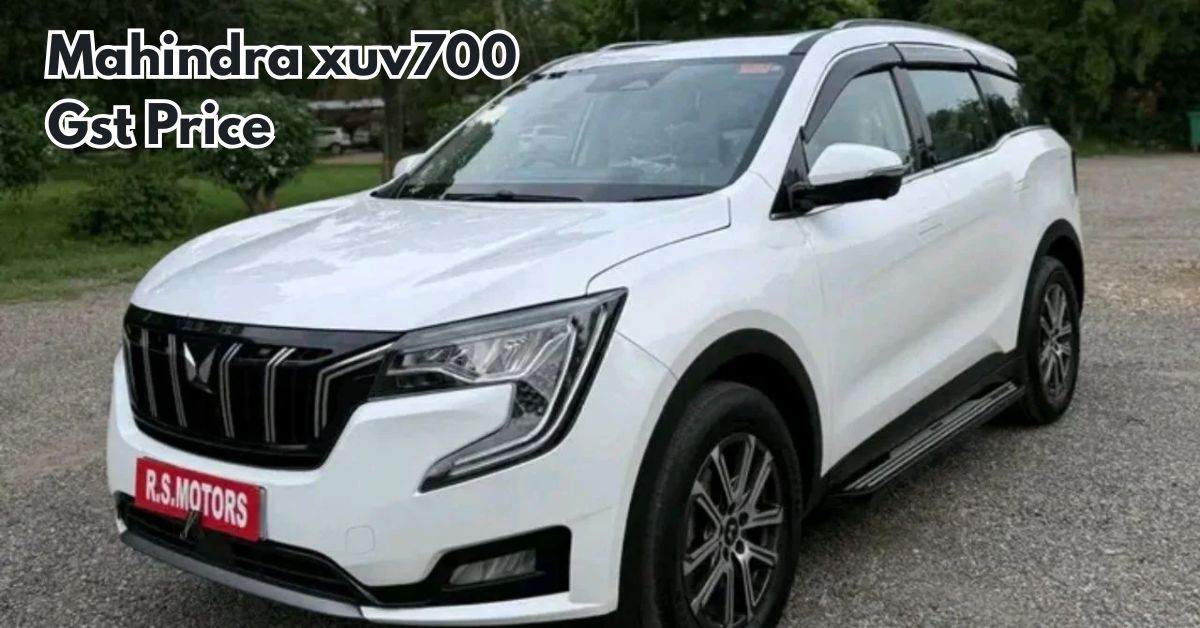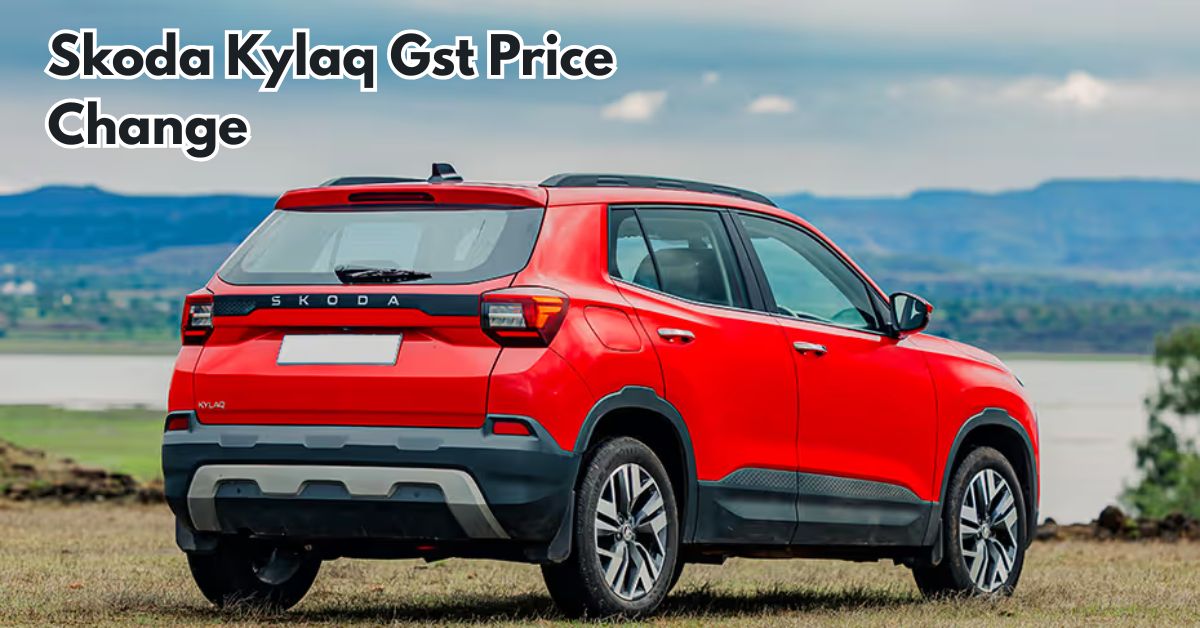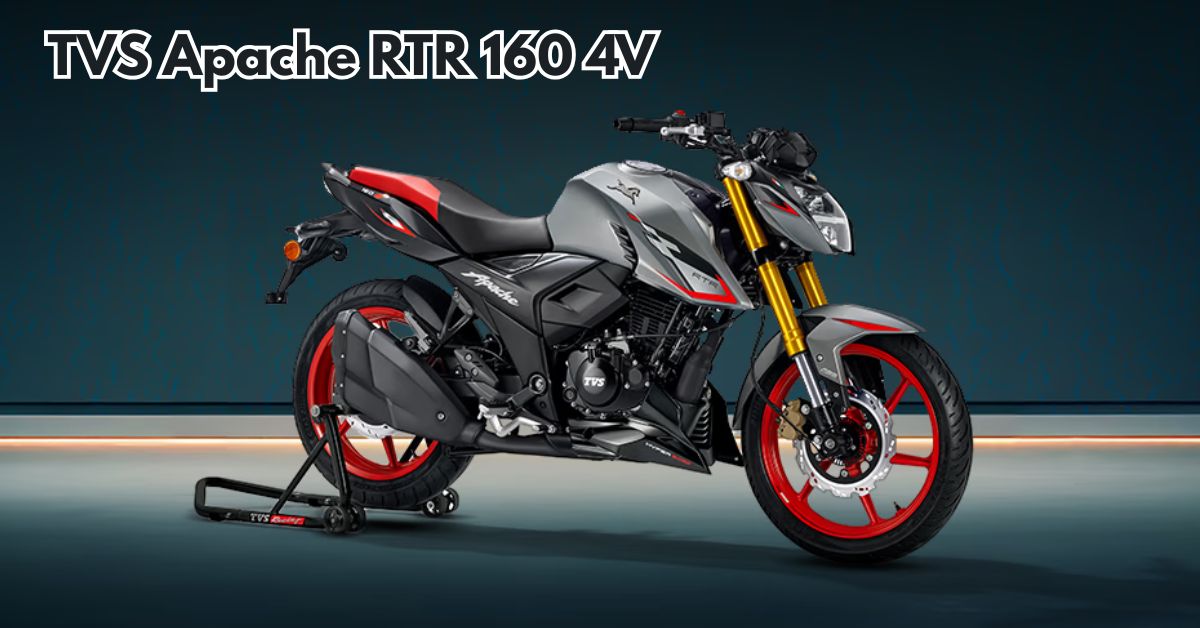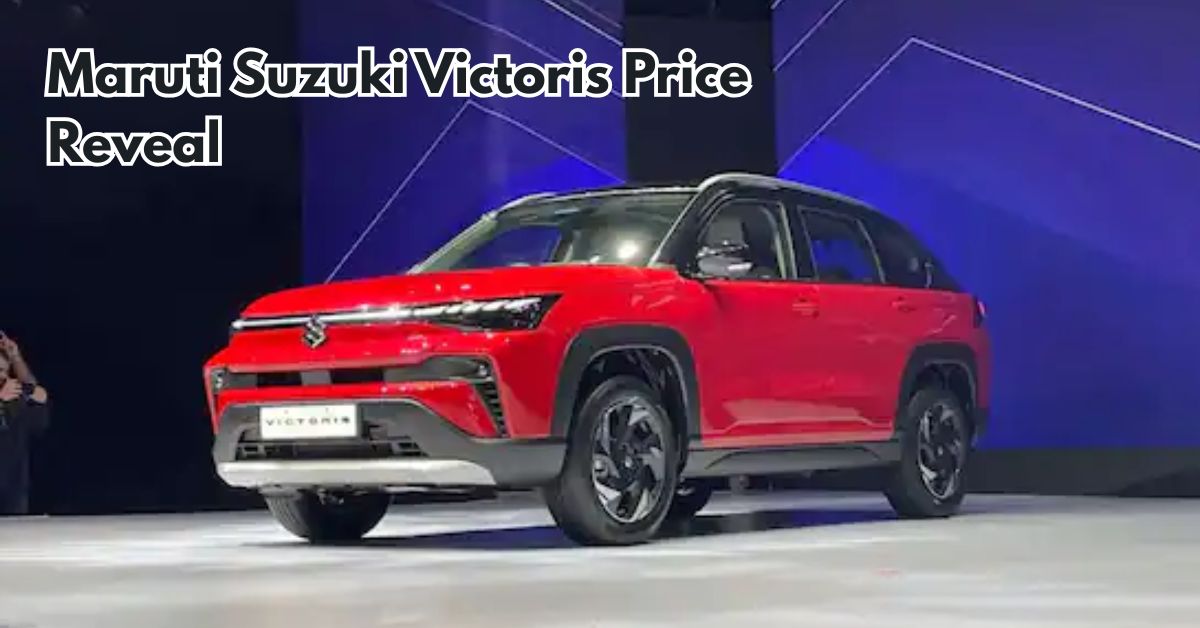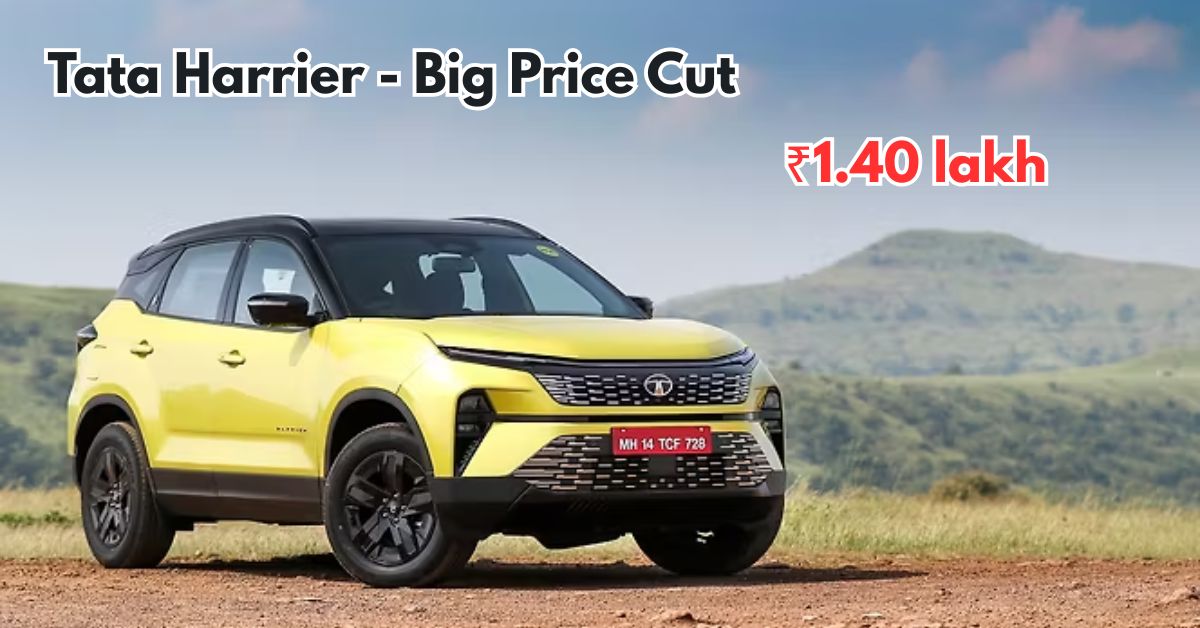If you have refueled your car recently, you may have noticed a sudden change. Across almost all 90,000 fuel stations in India, the government has quietly rolled out E20 fuel – petrol blended with 20% ethanol.
This move has left many vehicle owners confused, some even frustrated, often blaming fuel station workers without really knowing the bigger picture.
So, let’s break it down in simple words.
What Is E20 Fuel?
E20 is simply petrol mixed with 20% ethanol, which is an alcohol usually made from crops like sugarcane or corn. You can think of it as adding a natural additive to make the fuel cleaner.
Earlier, you might have seen fuels like E5 (5% ethanol) or E10 (10% ethanol). But now, E20 has become the main option at pumps.
Why Did India Switch To E20?
The government isn’t doing this randomly. There are three big reasons:
- Cut Oil Imports – India spends a massive amount of money importing crude oil.
- Support Farmers – Farmers can sell their crops for ethanol production, which directly increases their income.
- Reduce Pollution – Ethanol burns cleaner than regular petrol, which helps reduce carbon emissions.
The numbers are huge:
- Around ₹43,000 crore saved in foreign exchange
- Farmers earning nearly ₹40,000 crore from ethanol production
- Pollution reduction equal to planting 30 crore trees
But The Real Confusion: Older Cars
Here’s where the problem begins. Car companies haven’t been very clear about how older vehicles will perform with E20.
Examples of the confusion:
- Skoda says cars made before April 2020 are not evaluated for E20.
- Renault gave mixed answers to customers about their 2022 models.
- Even Mahindra puts “E10 Only” stickers on brand-new 2024 cars.
Naturally, drivers are worried whether E20 might damage their engines.
What Experts Actually Say
The good news is – most tests show E20 is generally safe for your vehicle.
For older cars:
- Slight drop in fuel efficiency
- No major damage to the engine
- Some very old rubber parts may need replacement over time
For newer cars:
- Better performance thanks to higher octane rating
- Reduced knocking in engines
- More efficient burning in city traffic
| Fuel Type | Octane Rating | Suitable For |
|---|---|---|
| Regular Petrol | 84.4 | Older engines |
| E20 | 95+ | Modern cars |
| Pure Ethanol | 108.5 | High-performance use |
Why People Are Angry At Fuel Stations
Many fuel station workers are being targeted unfairly. In cities like Lucknow, some stations even stopped informing customers about the E20 rollout because people started abusing staff.
But the truth is – this is a government policy, not the decision of petrol pump workers.
What You Should Do As A Driver
- Cars after 2020: You’re mostly safe, since manufacturers already designed them keeping E20 in mind.
- Older cars: Don’t panic. Keep an eye on your car’s performance. If issues arise, some pumps still provide pure petrol (though at a higher price).
- Still unsure? Check your car manual or contact your manufacturer for confirmation.
The Legal Angle On Ethanol Fuel
A case related to E20 is also being heard in the Supreme Court, which might bring more clarity to the issue soon.
Bottom Line On Ethanol Fuel
India is betting big on cleaner energy and reduced oil imports. By 2025, the target is 27% ethanol blending.
Yes, the sudden rollout has created confusion. But in most cases, your car will run just fine on E20. The bigger problem is not the fuel itself but the lack of proper communication from car manufacturers.
For now, continue driving as usual, keep track of your vehicle’s performance, and demand clear answers from the companies that made your car.
